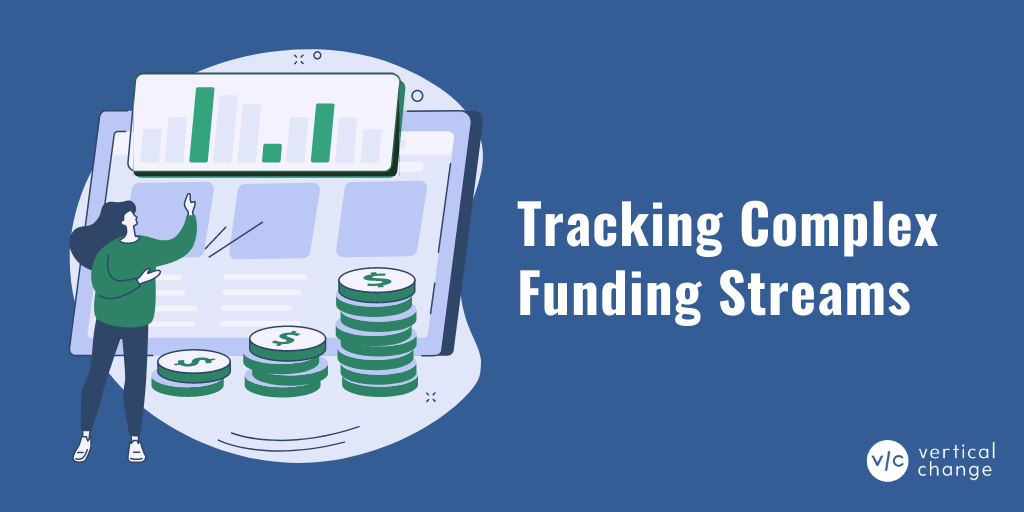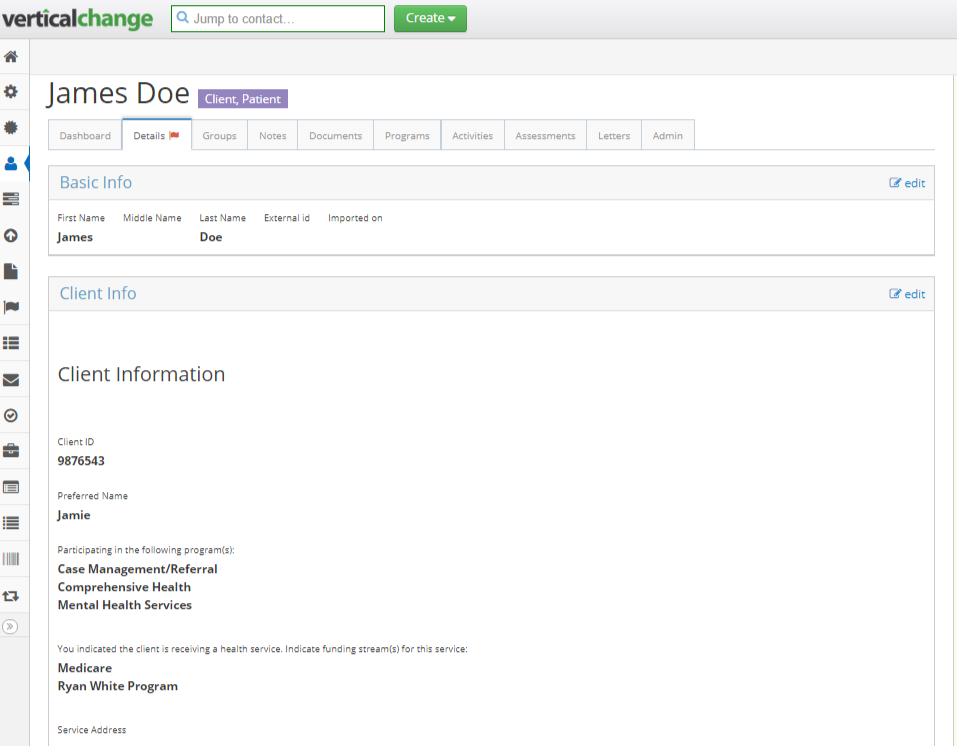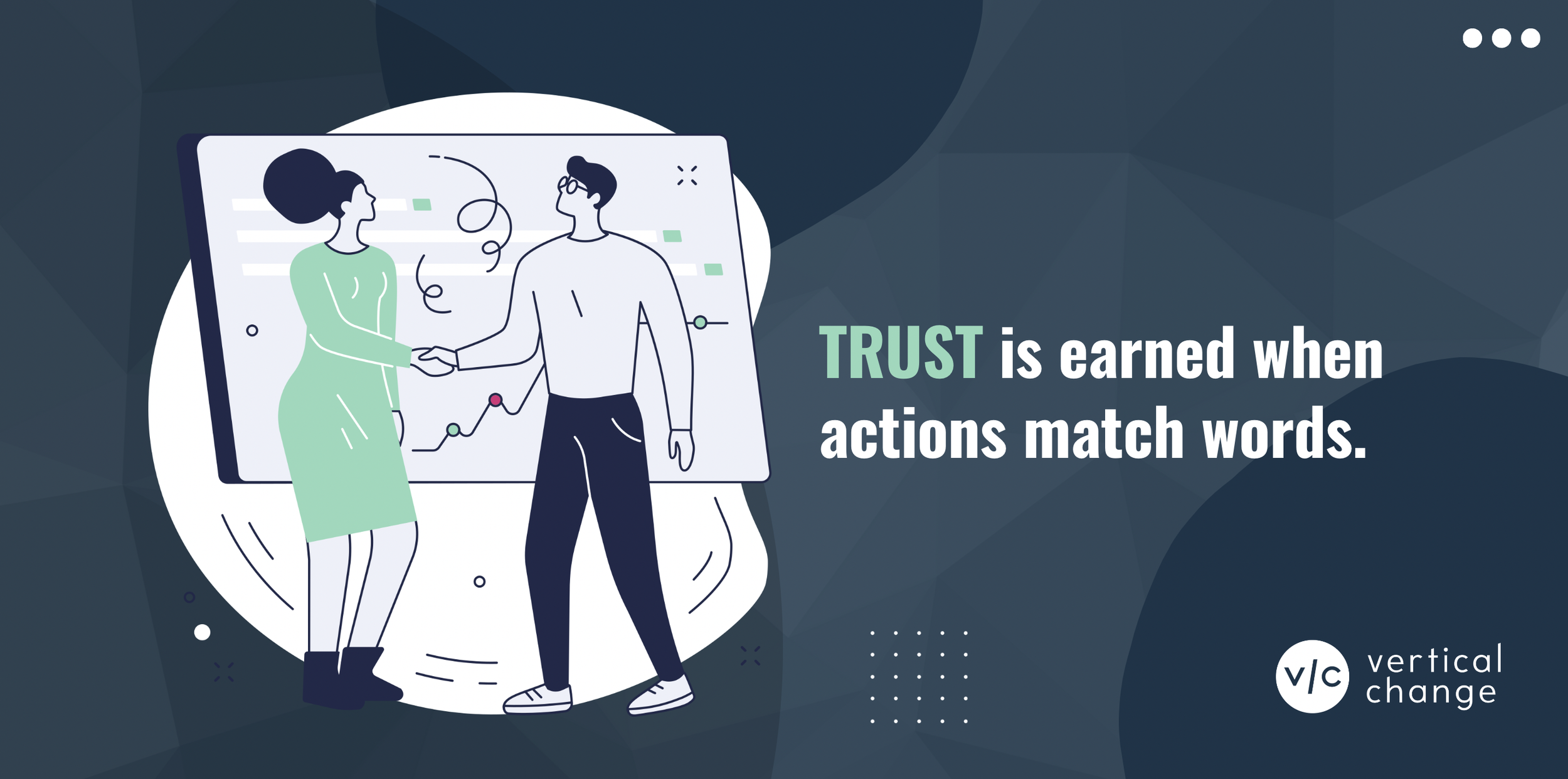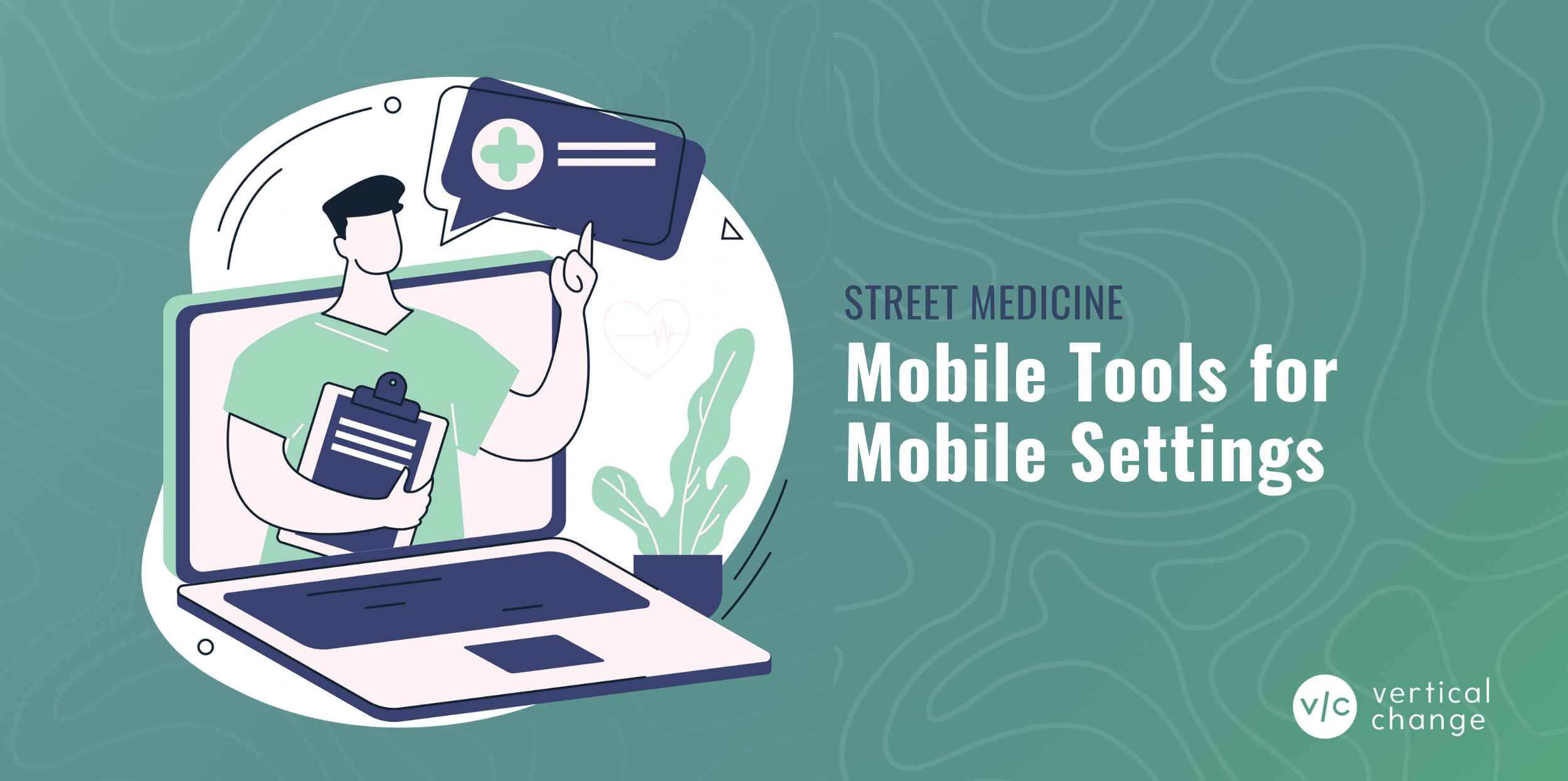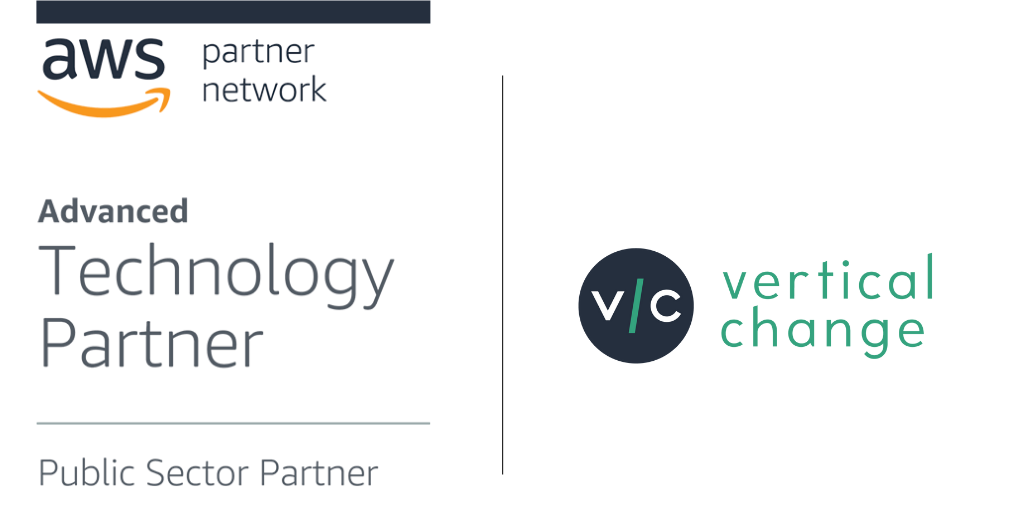Blended? Braided? Layered? A Brief Guide to Tracking Complex Funding Streams
Current human and social services funding is available through an array of defined funding streams designed to provide support for children and families, people with complex health needs, and those lacking sufficient resources for basic needs. Typically, funds come from a mix of local, state, and federal sources.
The complexity behind these funding streams lie in the spending rules attached to them. This is especially true of federal funding. Funding may have very specific rules about who is served by the program, how the program operates, and what resources can be acquired with the funding.
Fortunately, blended, braided, and layered funds help nonprofit agencies effectively serve the holistic needs of the community. This approach can lead to less burdensome cost allocation rules for program administrators to follow. However, most government funding requires accounting for expenditures by funding source — requiring braiding of funding streams rather than blending. Program administrators must also adhere to program-specific rules to ensure non-duplicative funding of service costs.
Blended
Funds from two or more separate sources are wrapped together to pay for a unified set of services to a group. In blending, costs are not necessarily allocated and tracked by individual funding source.
Braided
Two or more funding sources are coordinated to support the total cost of services to individuals and groups, but revenues are allocated and expenditures tracked by categorical funding source.
Layered
The layered funding model introduces the concept of “supplement not supplant.” A funding source may fall short of supporting a need comprehensively, but rather than removing and replacing the funding source, another source is “layered” on top of it.
Eligibility and regulations vary across funding streams. Therefore, it is important that program administrators are able to keep track of their funded programs. They want the ability to verify that funds from a particular source are used in a manner consistent with regulatory rules. Program administrators also want to ensure that only individuals meeting pre-defined eligibility criteria are served.
Software to Keep Track of it All
Accounting software can certainly assist with the complexity associated with programs funded by multiple funding streams. However, program administrators find this software alone is insufficient. Adding a data management software to track program and funding requirements, individuals served, dollars spent, and services offered can be extremely help.
Cross-collaboration among nonprofit agencies and organizations has grown in an era of reduced funding and increasing needs. This also allows agencies to share resources and access funding that will serve the greatest number of individuals with the highest need. For this to be successful, tools that facilitate collaboration and community are needed. Software-as-a-Service (SaaS) is one resource available to nonprofit organizations. These applications are affordable, reliable, and secure.
Agencies can easily share a cloud-based system. They can track eligibility, funding streams, and program outcomes. SaaS is often quite affordable. This leaves room in your budget for customization and development.
Applications that are easy to customize are key. That way, your software is tailored to the unique and specific needs of all partners in the collaboration.
How can we help you?
Click here to learn more about how VerticalChange can assist with developing your cloud-based software data management system that truly facilitates collaboration.
Contact 1-888-639-9717 or email sales@verticalchange.com to request more information and schedule a no-obligation demo.


